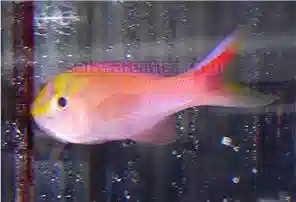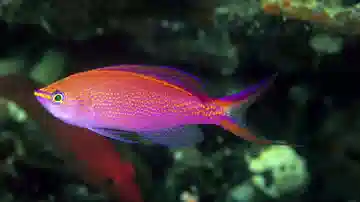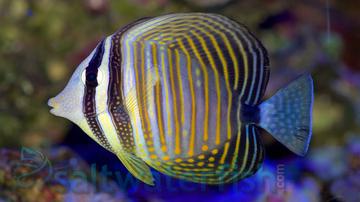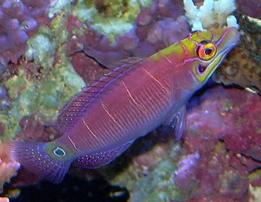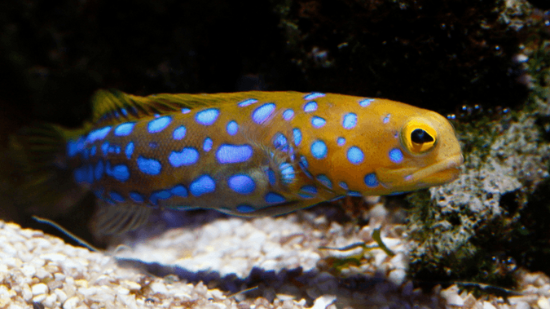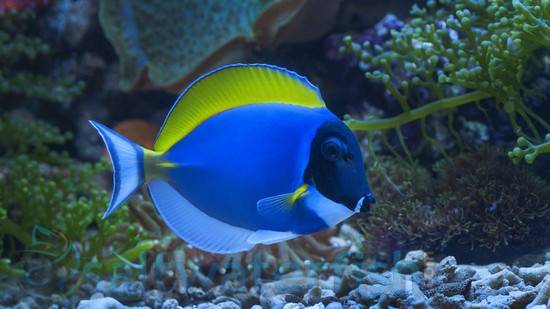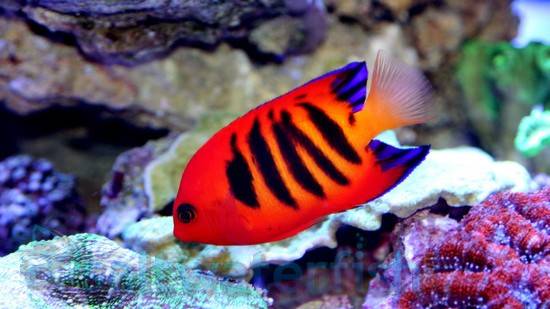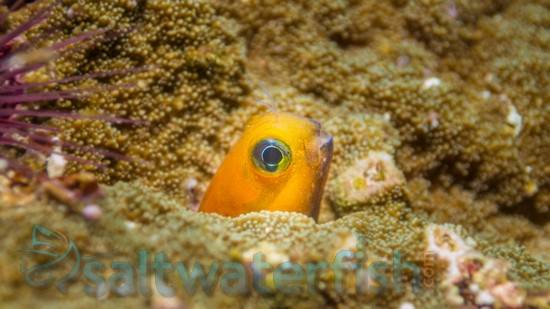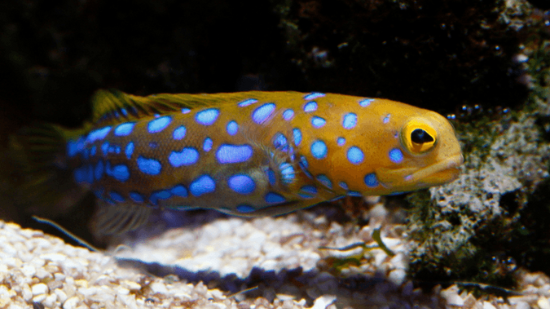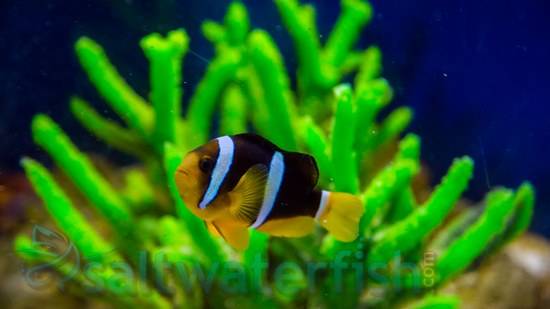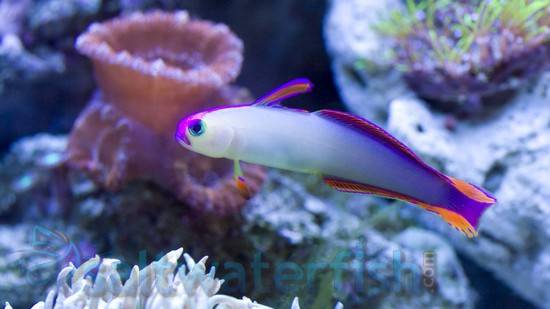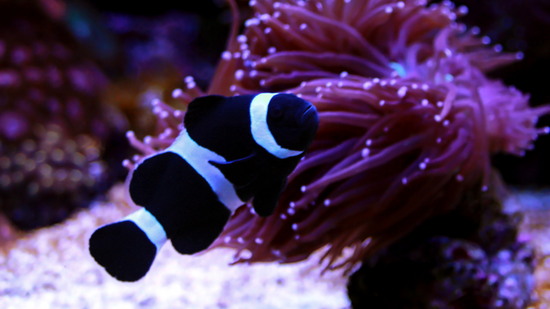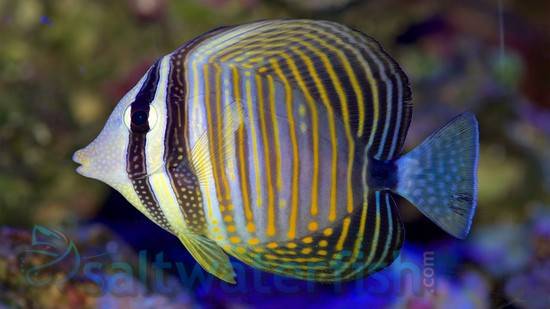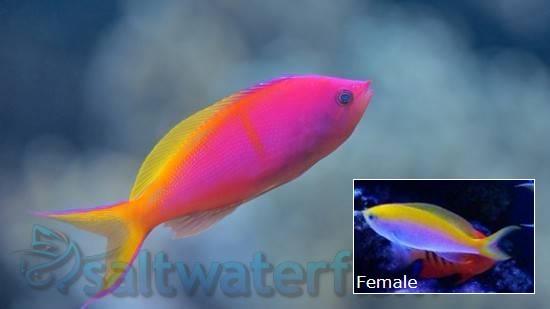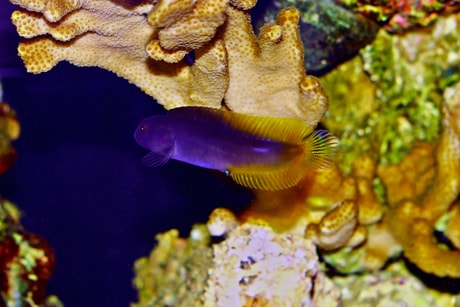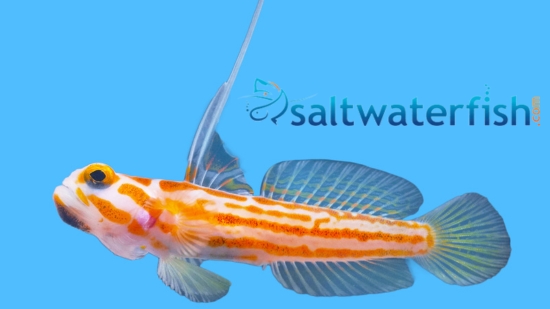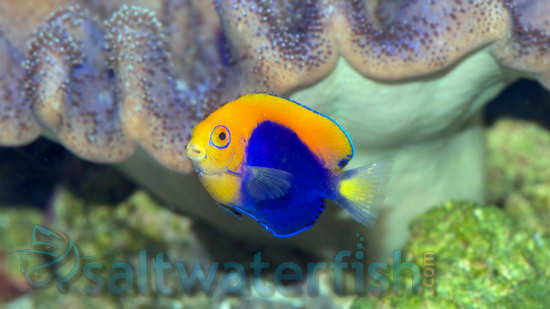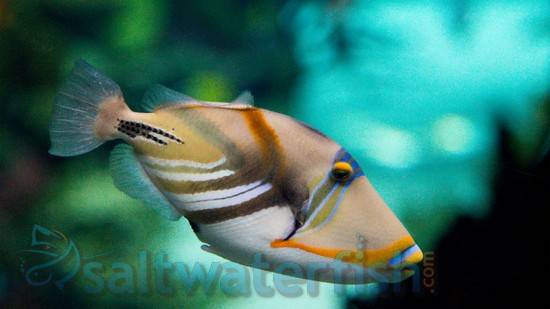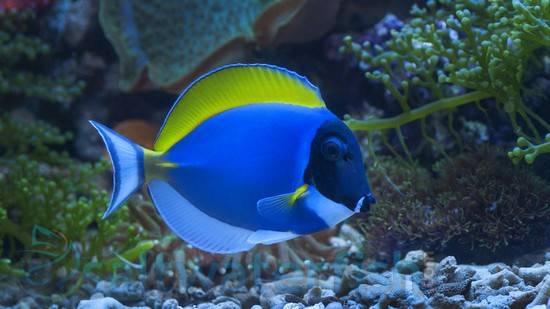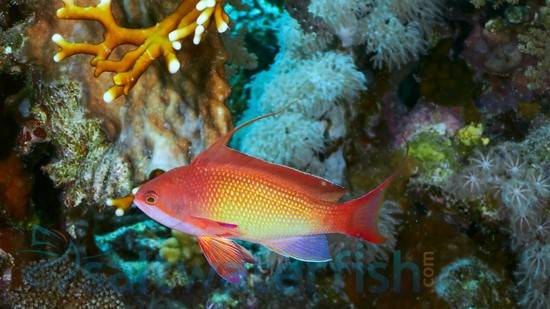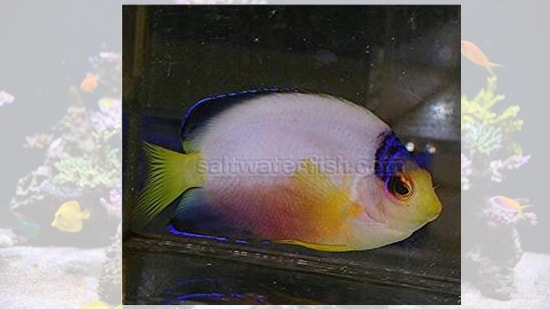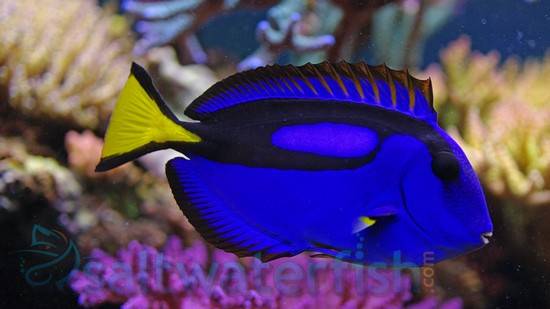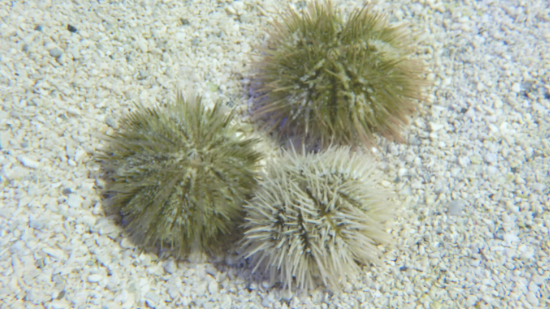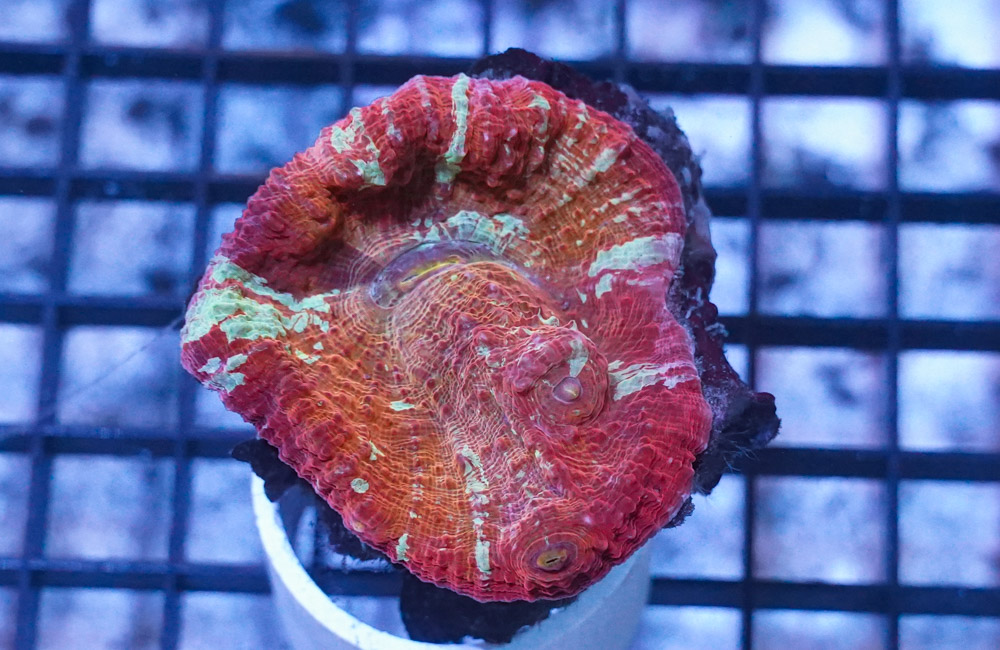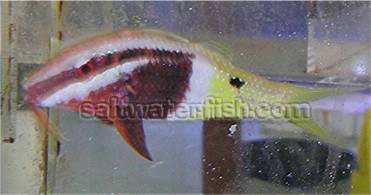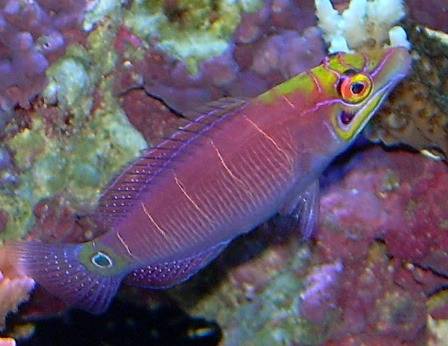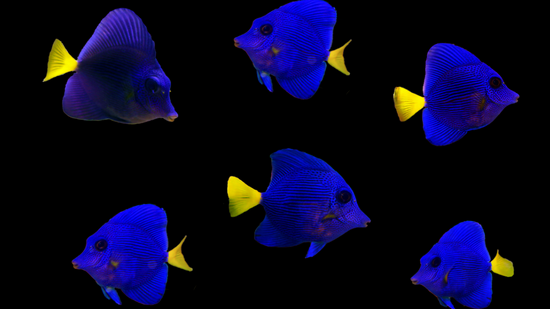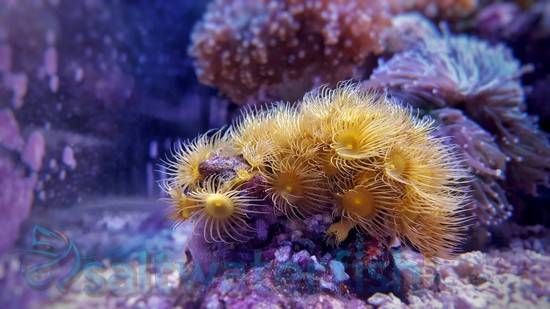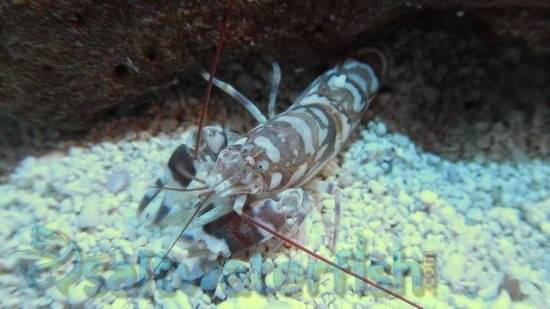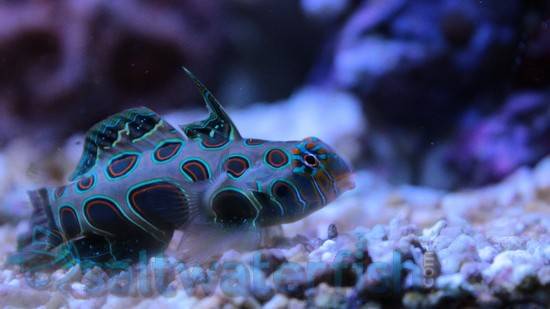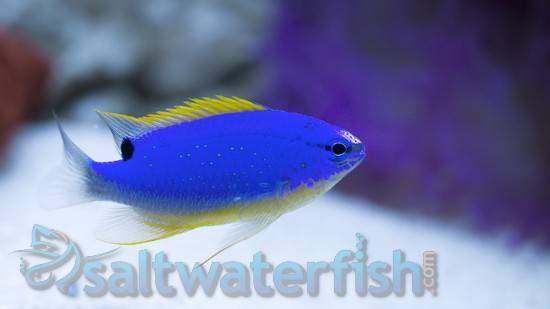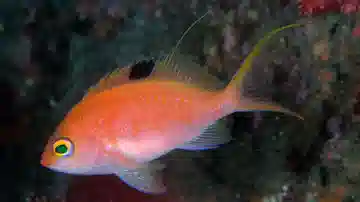Sakura Anthias
Sacura margaritacea
(0 Reviews)

Sakura Anthias
Sacura margaritacea
(0 Reviews)
{{ item.name }}
Size: {{ item.extra_field_3 }}
${{ getFormattedPrice(item.saleprice) }} ${{ getFormattedPrice(item.price) }}
To join the waiting list, click here
Free Shipping
With
$199.00
or more in Marine Life.
More details...
Sakura Anthias Care Facts
| Care Level: | Moderate |
|---|---|
| Temperament: | Peaceful |
| Diet: | Carnivore |
| Reef Safe: | Yes |
| Minimum Tank Size: | 100 gallons |
| Max Size: | 5 inches |
The Sakura Anthias (Sacura margaritacea), also known as the Cherry Anthias, can be found among the reefs of Japan and throughout small portions of the Indo-Pacific Ocean. They are a beautiful and rare fish, that will certainly become a centerpiece of an aquarium. They have a red or orange body with occasional white markings going down their body. They should be fed a carnivorous diet 2 - 3 times a day, and do well in reef aquariums with plenty of rock and coral. They should be monitored around small, prized crustaceans though, as that is their main diet. Krill, brine and mysis should be fed regularly. It is recommended to keep 1 male and 2 - 3 females, creating a harem, as two males will likely fight. It is not recommended to mix species of anthias, as this may increase aggression.
The Sakura Anthias Care Guide
The Sakura Anthias (Sacura margaritacea) is a popular and beautiful species of saltwater marine aquarium fish that many hobbyists seek to keep in their home aquariums. In this detailed description, we will provide essential information about this species to help enthusiasts decide about acquiring and caring for Sakura Anthias.
Habitat of the Sakura Anthias: From the Western Pacific Reefs
Sakura Anthias are native to the Western Pacific Ocean and are mainly found in the waters around Japan and the Philippines. They inhabit coral reefs and rocky outcrops at depths ranging from 30 to 100 feet (9 to 30 meters). In the wild, they are often found in areas with strong water currents.
Reef Compatibility of the Sakura Anthias: Harmony in Reef Aquariums
Sakura Anthias are considered reef-safe, making them suitable for reef aquariums. They do not typically nip at corals or bother other invertebrates commonly found in reef ecosystems.
Size and Lifespan of the Sakura Anthias: Small Wonders of the Aquarium
These Anthias are relatively small fish, with adult individuals reaching a size of approximately 3 to 4 inches (7.5 to 10 cm). In captivity, with proper care, they can live for up to 5 years or more.
Diet in Captivity of the Sakura Anthias: Savoring Marine Delicacies
Sakura Anthias are carnivorous and feed on small zooplankton and tiny crustaceans in the wild. In captivity, they should be offered a varied diet that includes high-quality frozen or live foods such as brine shrimp, mysis shrimp, and finely chopped seafood. Ensuring they receive multiple small feedings throughout the day to mimic their natural feeding behavior is essential.
Aquaculture and Availability of the Sakura Anthias: Sourcing Responsibly
Sakura Anthias are less commonly aquacultured than other marine species but are periodically available to hobbyists through reputable suppliers. It's essential to source them from responsible and sustainable sources to help preserve their populations in the wild.
Compatibility of the Sakura Anthias with Other Fish and Invertebrates
Sakura Anthias are generally peaceful and can be kept in a community reef tank with other non-aggressive fish species. Some suitable tank mates include:
- Clownfish (Amphiprion sp.)
- Royal Gramma (Gramma loreto)
- Firefish Goby (Nemateleotris magnifica)
- Blennies (Blennioidei sp.)
- Cardinalfish (Pterapogon sp.)
Sexual Dimorphism of the Sakura Anthias: Revealing the Differences
Sakura Anthias exhibit sexual dimorphism, with males typically displaying more vibrant colors and larger dorsal fins than females. Females tend to have a more subdued appearance.
Juvenile to Adult Coloration Changes in the Sakura Anthias: A Colorful Transformation
Juvenile Sakura Anthias often have a pale pink or salmon coloration. As they mature, males develop striking pink, orange, and yellow hues with a vibrant purple stripe along their dorsal fin, while females retain a more subdued coloration.
Temperament of the Sakura Anthias: Peaceful and Social Nature
Sakura Anthias are known for their peaceful and social nature. They thrive in groups, and keeping them in small schools of at least three individuals is recommended. Solitary specimens may become stressed.
Tank Requirements of the Sakura Anthias: Creating the Perfect Habitat
To ensure the health and well-being of Sakura Anthias, it is crucial to provide the following tank conditions:
- Minimum Aquarium Size: A minimum tank size of 50 gallons (113 liters) is recommended for a small group of Sakura Anthias.
- Water Conditions:
- pH: Maintain a stable pH level between 8.1 and 8.4.
- Salinity: Keep the salinity level at 1.020 to 1.025.
- Water Temperature: Maintain a temperature range of 72°F to 78°F (22°C to 26°C).
- Water Flow: Moderate to strong water flow is preferred to mimic their natural habitat conditions.
Other Common Names for the Sakura Anthias
The Sakura Anthias is also known by names such as Pearl Anthias and Margaritaville Anthias.
Why Choose Sakura Anthias from Saltwaterfish.com: Trusted Source for Your Aquarium
When purchasing Sakura Anthias for your saltwater aquarium, sourcing them from a reputable and experienced supplier like Saltwaterfish.com ensures several benefits:
- Health and Quality Assurance: Saltwaterfish.com offers healthy and high-quality marine fish. Their fish undergo thorough quarantine and conditioning procedures before being made available to customers.
- Knowledge and Expertise: The team at Saltwaterfish.com consists of experts who can guide and advise on caring for your Sakura Anthias and maintaining a thriving aquarium environment.
- Wide Selection: Saltwaterfish.com often offers diverse marine species, including the Sakura Anthias, allowing you to find the perfect addition to your saltwater aquarium.
In conclusion, the Sakura Anthias is a captivating and peaceful species suitable for reef aquariums. Their striking coloration and social behavior make them a desirable addition to any marine aquarium. By adhering to proper care guidelines and sourcing them from a trusted supplier like Saltwaterfish.com, hobbyists can enjoy the beauty and grace of Sakura Anthias in their home aquarium for years to come.
Currently Sakura Anthias does not have any reviews.


